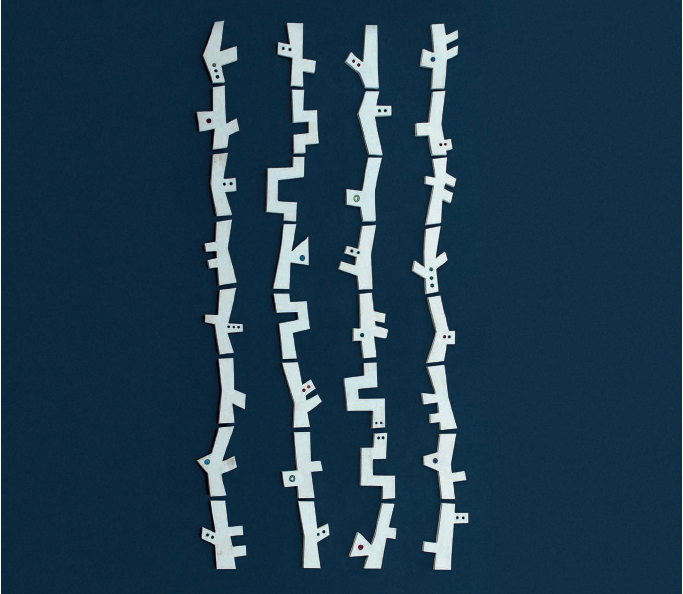
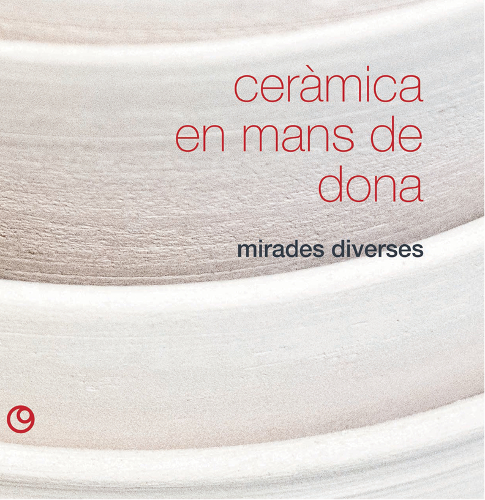
Participant artists:
Amparo Almela
Amparo Boluda
Carmen Sánchez
Myriam Jiménez
Rafaela Pareja
Supi Hsu
Teresa Guerrero
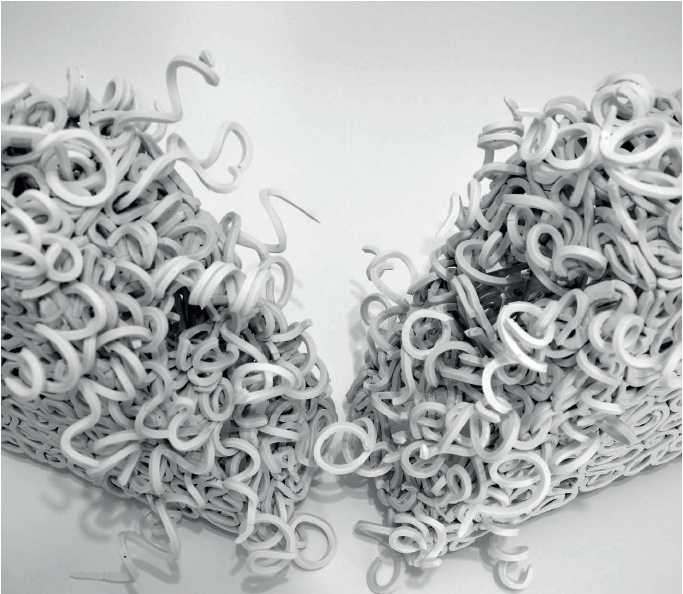
Within the ceramics process intervene four elements: earth, water, air and fire. Ceramics are the earth traveling and changing its natural state when combining with the other three elements of matter. The water turns it into soft material, malleable and mouldable to modify its form. The air disperses water to allow solidification and permanence. Finally, fire melts with it and transforms its essence culminating the travel.
Many traditions share the theory of the four elements and also the story of the origin of humanity, where the gods model the human being and with their breath give them life. Matter transforms and changes its essence. Ceramists also model and give life to their works as earthly gods. Ceramics also have bonds with the cult to maternity and fertility, archetypically linked to women. Mother Earth express herself throughout them. The transformation process of matter by the action of heat has been related to the mysterious alchemical processes. For centuries, to ensure a proper firing, people have resorted to religious or magic rituals to obtain the favour of the gods. Women awaked bewilderment for their capacity of creating life and the mystery of their bodies and gender, often interpreted as the arrival gates to the world. The patience, wait and surprise of birth has been linked to the ceramics process, which cannot hurry and gives rise to a final result which cannot be totally predicted, as the ceramics firing has the ultimate word. Even the body of women has been compared to a vessel which holds life.
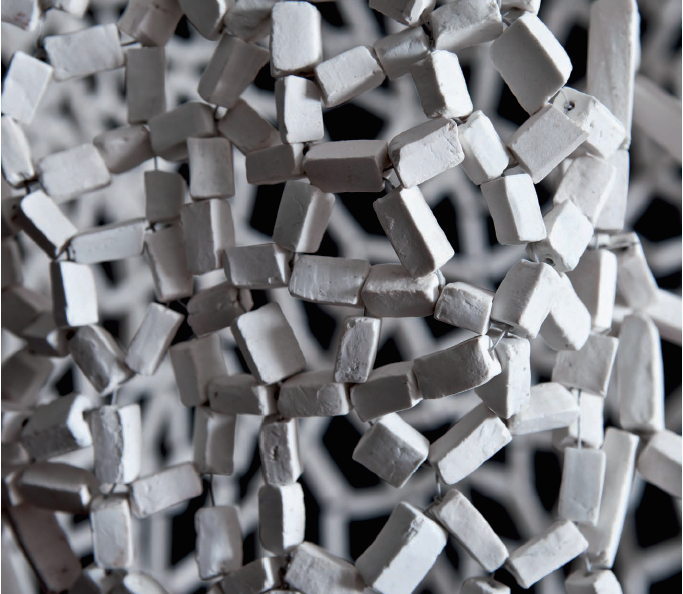
Ceramics are an expression of human capacities. They have provided solution to earthly problems, promoting revolutions as the Neolithic one and going hand in hand with agriculture. Humans have also chosen ceramics to reflect on transcendental issues: magic-religious, social, artistic and aesthetic questions.
Ceramics’ relevance has been swinging from revilement to cult. They have been related to poor functional objects but have also incarnated luxury in porcelains, the first facings and pavement of palaces and other unique pieces. Ceramics have been almost invisible for art history - as well as the woman artist.
Invisibility has accompanied women as art creators in general and as ceramists in particular. Genealogies are important to set the bases, but women ceramic artists barely have some. Old ceramic artists are barely known and, since the human being is generally defined as a man, women invisibility persists. Besides, representing generic things using the masculine gender creates a paradox when employing certain constructions. If I want to highlight an artist as one of the best women ceramic artists, do we understand that she is the best among women ceramists or among any ceramist, whatever their gender is? However, if we say the same about a male artist (“one of the best ceramists”), there is no such a confusion. Language is a tool that allows us to know and interpret the world. It builds thinking, and thinking creates other realities. It consciously determines our knowledge about the world.
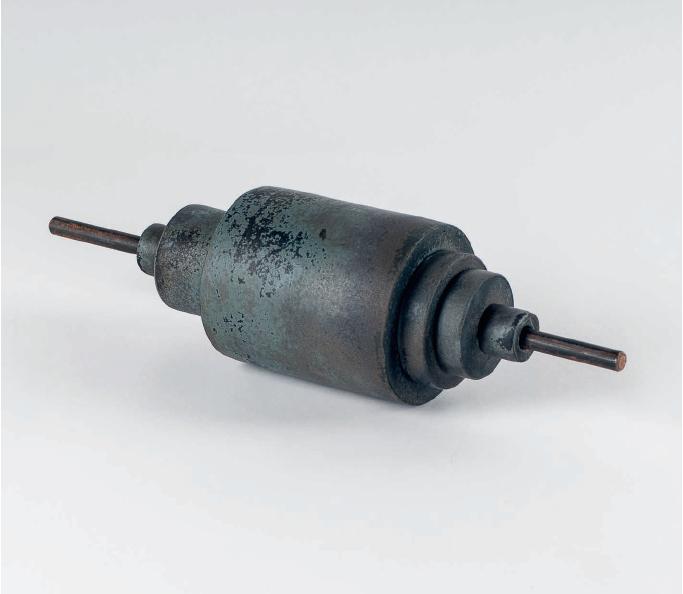
Traditional historiography attributes the beginning stages of ceramics to women, since they were set aside to domestic environment. Interestingly, it assigns picture and sculpture artistic works to men. However, current theories include the last advances in gender perspective and do not share this work division. Anthropomorphic studies have proved the presence of women’s hands in prehistoric painting. There are also theories upholding that Venus figurines are self-portraits capturing the perspective of female body self-recognition.
First names of women ceramic artists have been rescued thanks to feminist researches, which began in the first decade of 1970. These researches are linked to the reform of ornamental arts and the birth of design in the second half of the 19th century. Some of these feminist researchers are Hannah Barlow in England or Mary McLaughlin and Maria Longworth in the US. However, the history of artistic ceramics is still being investigated. Women participation was fundamental and provided impetus to professionalise this practise and defend their status compared to male artistic productions.
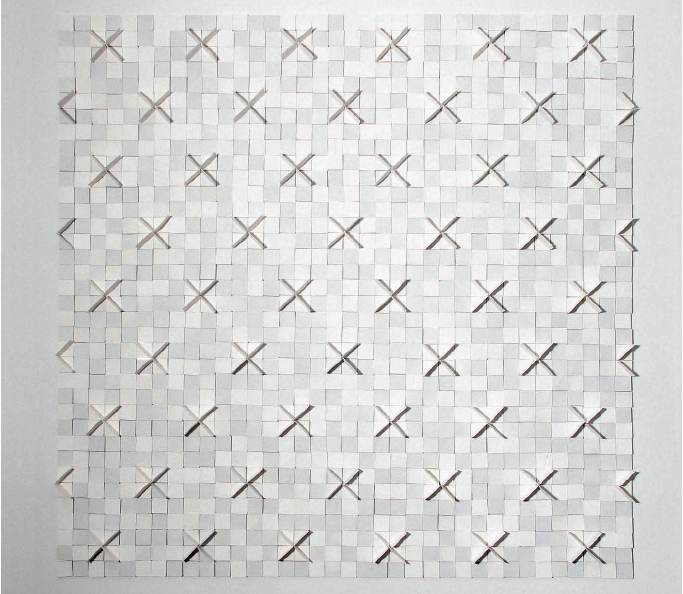
The early Bauhaus incorporated this discipline as a profession in which art and industry could hold hands. The ceramic and textile workshop counted with a larger presence of women, who were set aside to these activities considered suitable for their gender. Bauhaus modernity was expressed in the formal and conceptual revolution of design, but patriarchal mentality still prevailed. Marguerite Wildenhain and Grete Marks stood out for their ceramic works and continued their brilliant careers after a stint in the Bauhaus. The same happened with other female ceramic artists whose names are eclipsed by the fame of other male colleagues.
These Bauhaus female artists were contemporaries to Cooper and Clarise Cliff, being these last two framed in Art Deco and related to Lucie Rie, famous among important ceramists. The aesthetics of her elegant pieces combines the sculpturing power of pure forms with traditional formal ceramics. Along with Bernard Leach and Hans Coper, she is considered a pioneer in the study of ceramics.
The ceramic designs of Eva Zeisel were remarkable in the second half of the 20th century, focused on the ludic search of beauty, as she declares.
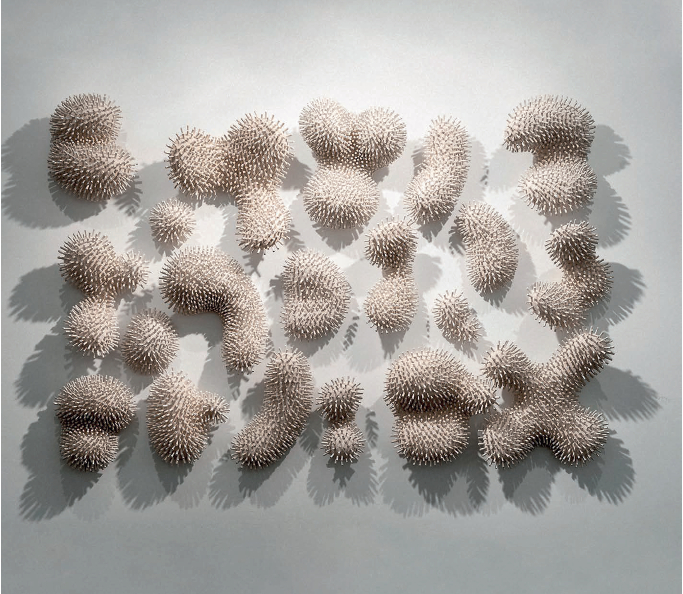
María Montoya Martínez, Lucy M. Lewis and Margaret Tafoya have prevented ceramics of the native American peoples to disappear, and their works are very significant for contemporary ceramics.
Fortunately, the presence of women in ceramics has increased all around the world. Proof of this is their presence in the main international ceramics fairs or the ceramics biennials. Nevertheless, the world of arts is still strongly categorised. Women and ceramics still have a long way to go to reach the place and recognition they deserve.
If being a woman is a cultural construct, so it is the consideration of ceramics as a minor discipline in the field of art and design. Therefore, there are many possibilities to develop: we can create, invent, define a new understanding model and reconceive ceramics discipline. To get rid of stereotypes and clichés.
Female artists, on the basis of the called “female questions”, have revealed against this categorisation by conquering the public spaces, defending those activities traditionally related to women such as ceramics and transforming them in a sculpturing practise. Many of these artists share that this subject chose them, they had no choice indeed. As Kate Millet stated: “The private is political”.
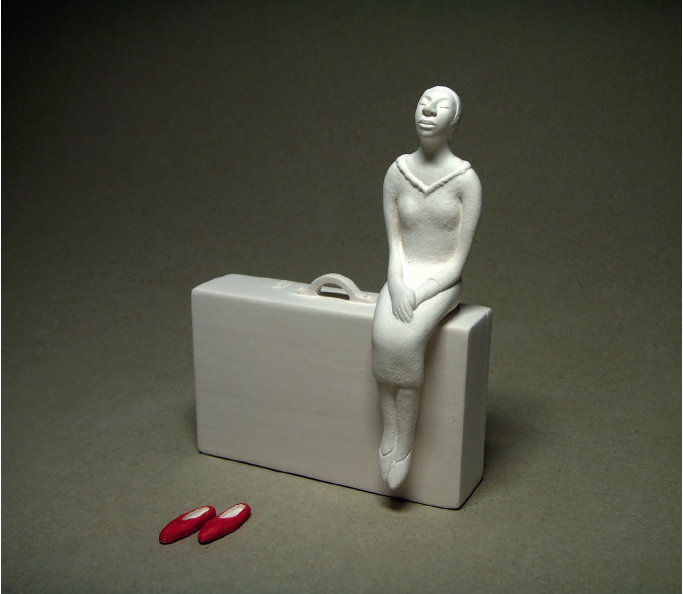
Judy Chicago chose ceramics along with embroidery as the main protagonists of her work The Diner Party. She chooses disciplines traditionally related to women and pushed into the background. She empowers them and honours the genealogy of women in arts, culture, politics and society throughout history.
Now the borders of artistic disciplines are fading out. Women’s empowerment in arts has allowed them to use ceramics from different perspectives, showing their talent and all the creative possibilities of ceramics, at a national and international level. As an example, the works of seven female ceramists have been gathered for this exhibition. Their works are made from different materials such as porcelain and clay tiles, different techniques, finishing touches and ceramics firing. Also several genres, from sculpture, mural, modular lattices or ceramics installations. Together they defend, along with conceptual backgrounds, the expression of women as artists and the value of ceramics as a creative discipline.
Carmen Sevilla
